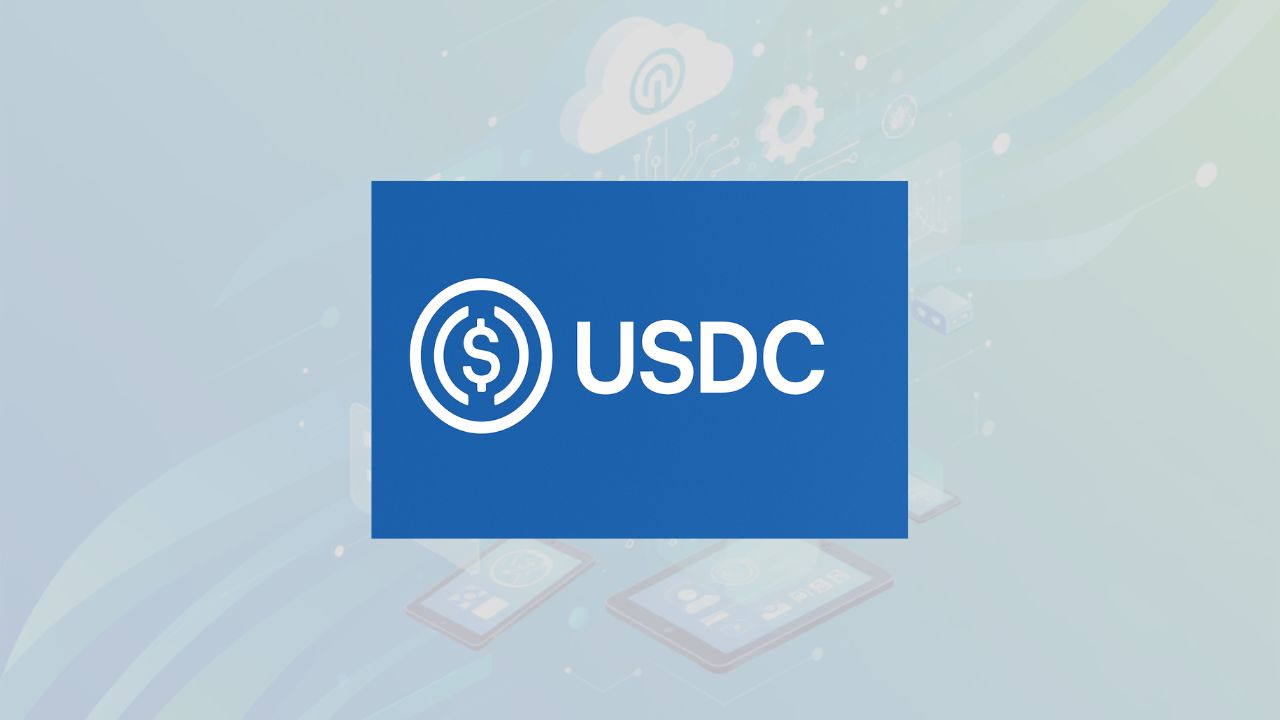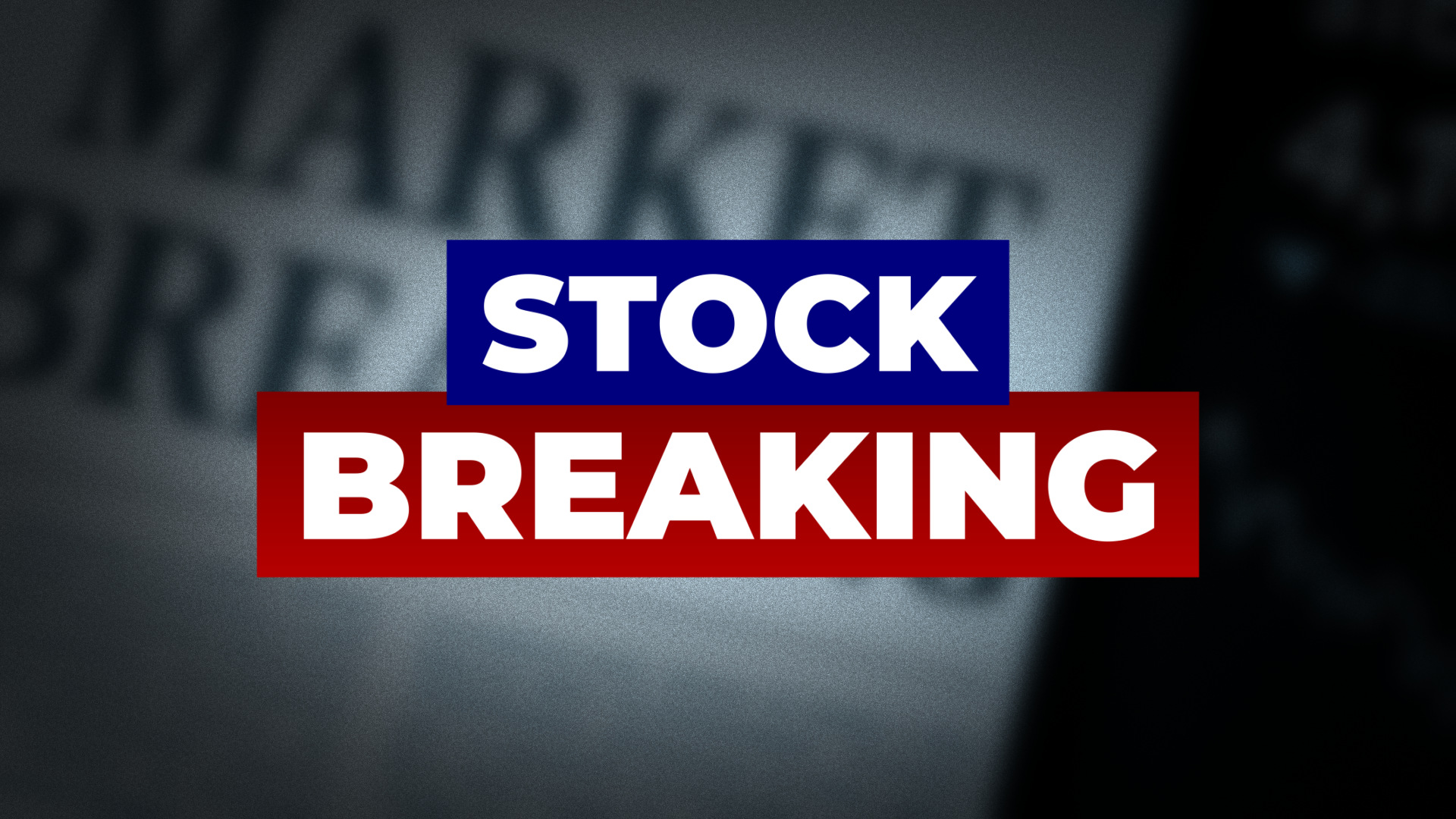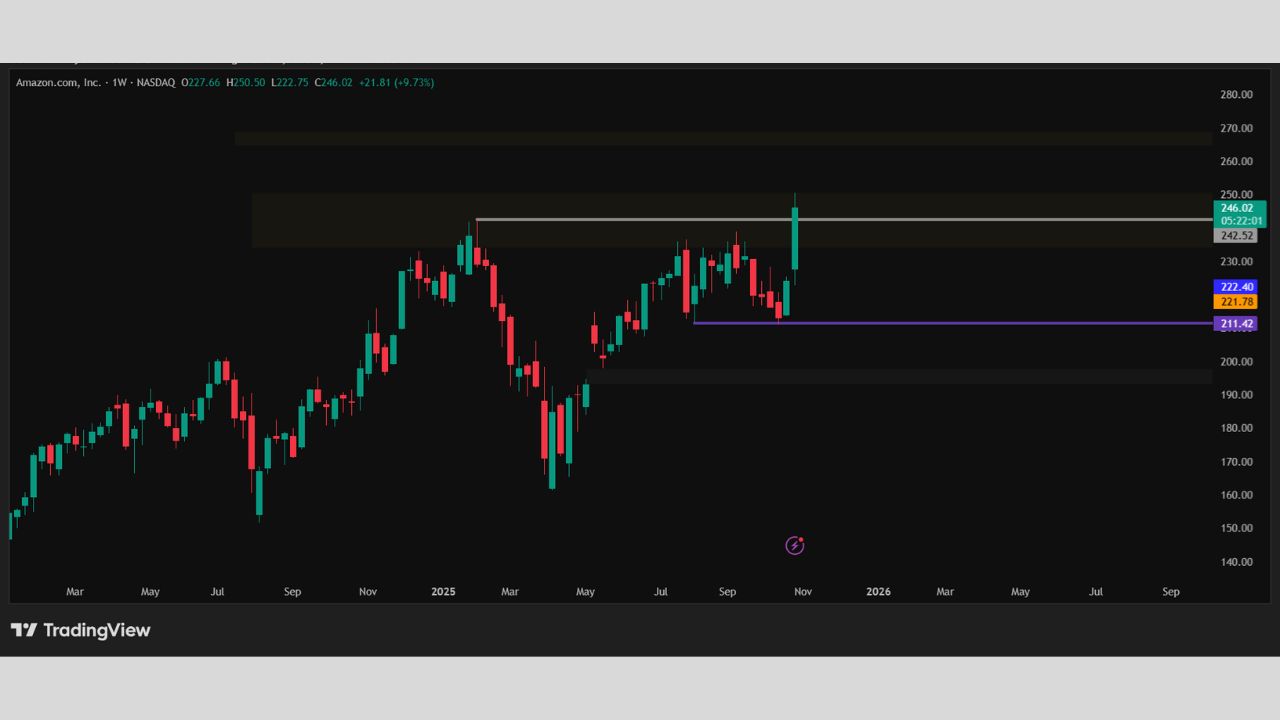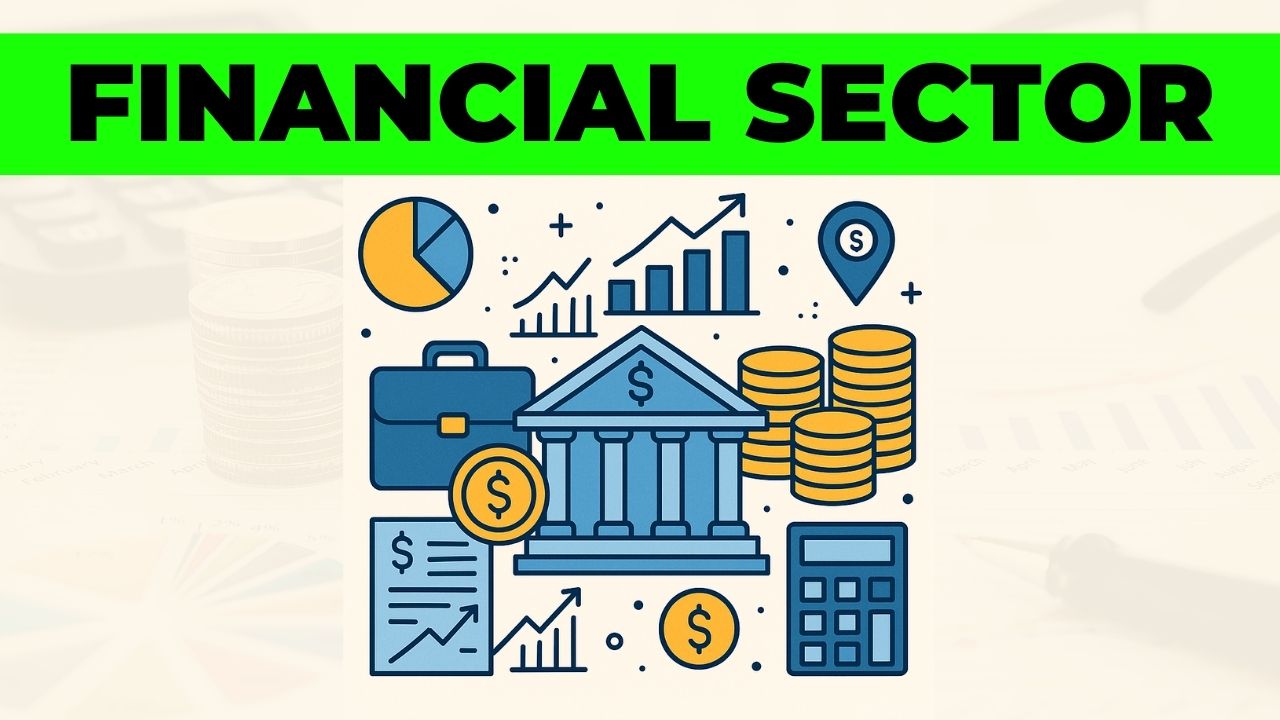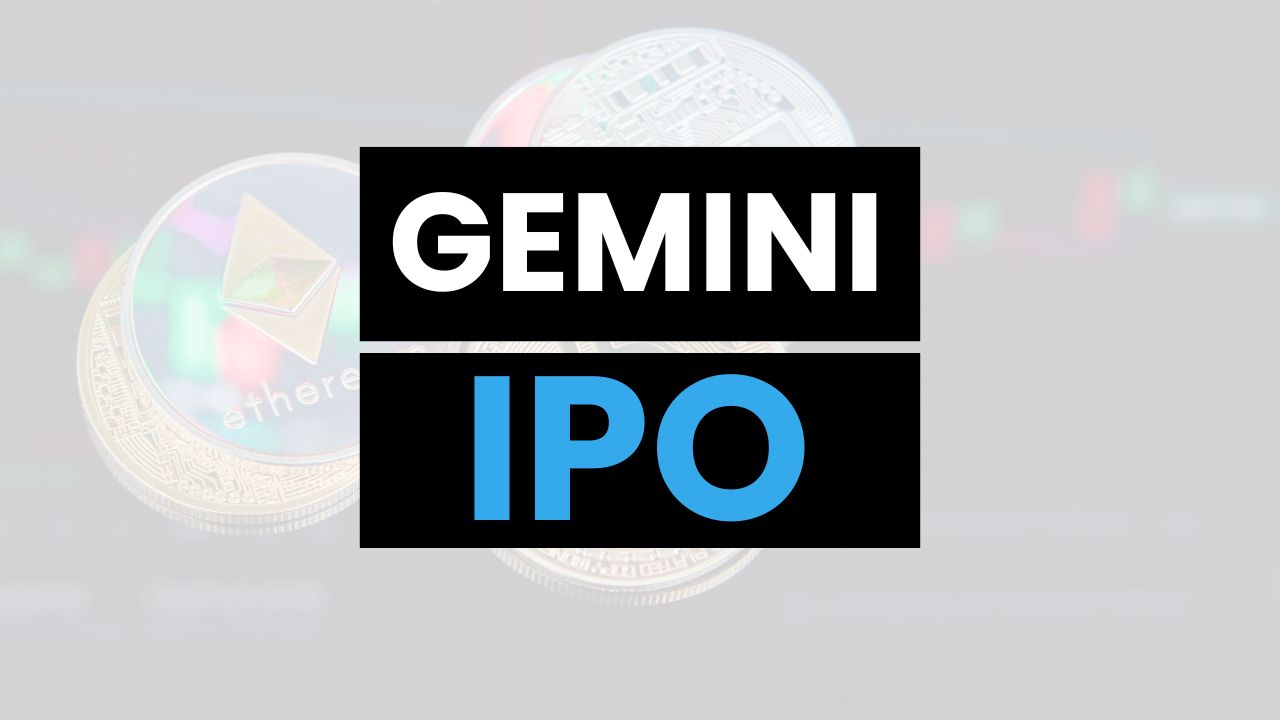As November 2025 kicks in, the stablecoin space is heating up with big moves and regulatory shifts. At the centre is Circle, issuer of USDC, making strong plays in transparency, cross-border payments, and adoption of stablecoins in mainstream finance.
Also Read – Circle Internet Group Monthly Outlook- November 2025 Technical Analysis
Here are the ten top stories so far, from newest to oldest, summarised for you.
1. Circle Eyes EU MiCA Compliance Boost with New Reserve Disclosures
Circle announced enhanced transparency for its USDC reserves in light of the incoming Markets in Crypto-Assets (MiCA) regulations in Europe. The firm said over 99% of USDC is backed by short-term U.S. Treasuries and cash equivalents. A new dashboard will provide real-time attestations of the reserves. The move follows increased scrutiny from European regulators and is aimed at easing USDC’s broader use on European DeFi platforms.
Also Read – Important Facts to Know About USDC in 2025
2. USDC Surpasses $35 Billion in Circulation Amid BlackRock ETF Speculation
Circle reported that USDC’s total supply has reached a record $35.2 billion, driven by institutional inflows tied to rumours of a BlackRock-backed USDC ETF.
Analysts say the surge reflects growing confidence in stablecoins as a bridge between traditional finance and crypto. Circle’s CEO, Jeremy Allaire, hinted at “exciting collaborations” in a social audio session. Trading volumes on major exchanges spiked by about 15% overnight.
3. Circle Partners with Visa for Cross-Border USDC Remittances in Asia
In a landmark collaboration, Circle announced a deal with Visa to enable cross-border remittances using USDC in Southeast Asia. The integration aims to simplify instant, low-cost transfers via Visa’s global network, targeting the approx. $700 billion regional remittance market.
Pilot programs in the Philippines and Indonesia have already processed over $10 million in transactions. Circle emphasised that blockchain rails give cost and speed advantages over traditional systems.
4. Regulatory Green Light: Circle Secures Full U.S. Banking Charter Push
At the beginning of November, Circle submitted formal applications for a national trust bank charter under the Office of the Comptroller of the Currency (OCC) in the U.S. The move signals its ambition to operate as a full-fledged bank – which would significantly enhance USDC’s utility in payments and custody.
Regulatory insiders predict approval could come by Q1 2026, and this could accelerate USDC’s integration into mainstream payment infrastructure.
5. USDC Yield Program Launches with 5% APY for Institutional Holders
Though announced at the end of October, the impact carried strongly into November. Circle launched a yield-bearing USDC variant offering 5% APR (backed by Treasury yields) for institutional holders. Over $2 billion in assets were reported to have shifted within the first 24 hours.
DeFi protocols such as Aave quickly integrated the new variant, boosting total value locked across chains. The move drew comparisons with rival stablecoins but emphasised Circle’s transparency & regulatory posture.
6. Circle Acquires Stake in Solana-Based Stablecoin Competitor
Circle quietly took a minority stake (~$50 million) in a Solana-native stablecoin project, aimed at expanding USDC’s multi-chain presence and countering Ethereum’s dominance. Early testnet builds launched in November, with full mainnet support expected mid-month. The strategy reflects Circle’s multi-chain ambition and desire to secure compatibility across evolving blockchain ecosystems.
7. USDC Integrates with Apple Pay for Seamless Crypto On-Ramps
Circle rolled out USDC top-ups via Apple Pay in the U.S. and EU, making stablecoin entry as easy as digital wallet reloads. According to Circle metrics, over 100,000 new users were onboarded via this channel. Privacy advocates raised questions about KYC implications, but the convenience boost appears strong. The rollout carried into early November and is expected to expand further.
8. Market Jitters: USDC Holds Steady During Bitcoin Dip
Amid an 8% drop in Bitcoin last week, USDC proved its stability by maintaining its peg with zero de-peg events. Circle published a stress-test report attributing the steady peg to diversified reserves.
Traders moved into USDC pairs for safety, pushing daily volumes past $20 billion – a trend that has exhibited carryover strength into November.
9. Circle Ventures Invests $100M in Web3 Payments Startups
Circle’s VC arm announced a $100 million injection into five early-stage firms building USDC-native payment and treasury solutions. Featured projects include a blockchain invoicing platform for SMEs and a privacy-focused mixer.
These investments underline Circle’s long-term vision for USDC to power broader “internet finance” infrastructure. Portfolio companies are set to demo at November’s crypto dev conference in Bangkok.
10. Global Expansion: USDC Goes Live on TON Blockchain
Closing the pre-November slate, Circle announced that USDC is now live on the TON (The Open Network), the blockchain tied to Telegram. The integration unlocks access to ~900 million users within the TON ecosystem. Initial transfers reached about 500,000 within hours. Circle highlighted sub-second settlement speeds. Early November metrics show about 20% month-on-month growth in USDC flows on TON.
Also Read – The Very First Post You Should Read to Learn Cryptocurrency
What It All Means
Together these developments show that Circle is doubling down on three big pillars:
- Transparency & Regulation: With reserve disclosures, bank charter moves and multi-chain rollout, Circle is putting regulatory compliance front-and-centre.
- Adoption & Payments: From Visa remittances to Apple Pay on-ramps and blockchain expansions, USDC is increasingly positioned as a global payments rail, not just a trading asset.
- Ecosystem & Infrastructure: Investments in Web3 payments, multi-chain support and strategic stakes in other stablecoin rails illustrate Circle’s drive to build an infrastructure platform around USDC, not merely issue a coin.
For industry watchers this means we may be entering a phase where stablecoins move from speculative crypto-assets into backbone infrastructure of global finance. That shift brings opportunities but also regulatory and operational risks: reserve mismanagement, regulatory clamp-downs or interoperability failures remain potential flashpoints.
Outlook for the Rest of November
With this momentum, keep an eye on:
- Whether the bank charter application is approved and how quickly Circle acts on it.
- Institutional product launches (like an ETF or large-scale treasury use of USDC).
- New cross-border payment flows especially in Asia/Africa.
- Reserve disclosures and audit results in light of increasing regulatory focus on stablecoins.
- Any peg stress events or large-scale redemptions which could test USDC’s stability further.
This article is for informational purposes only and should not be considered financial advice. Investing in stocks, cryptocurrencies, or other assets involves risks, including the potential loss of principal. Always conduct your own research or consult a qualified financial advisor before making investment decisions. The author and publisher are not responsible for any financial losses incurred from actions based on this article. While efforts have been made to ensure accuracy, economic data and market conditions can change rapidly. The author and publisher do not guarantee the completeness or accuracy of the information and are not liable for any errors or omissions. Always verify data with primary sources before making decisions.

